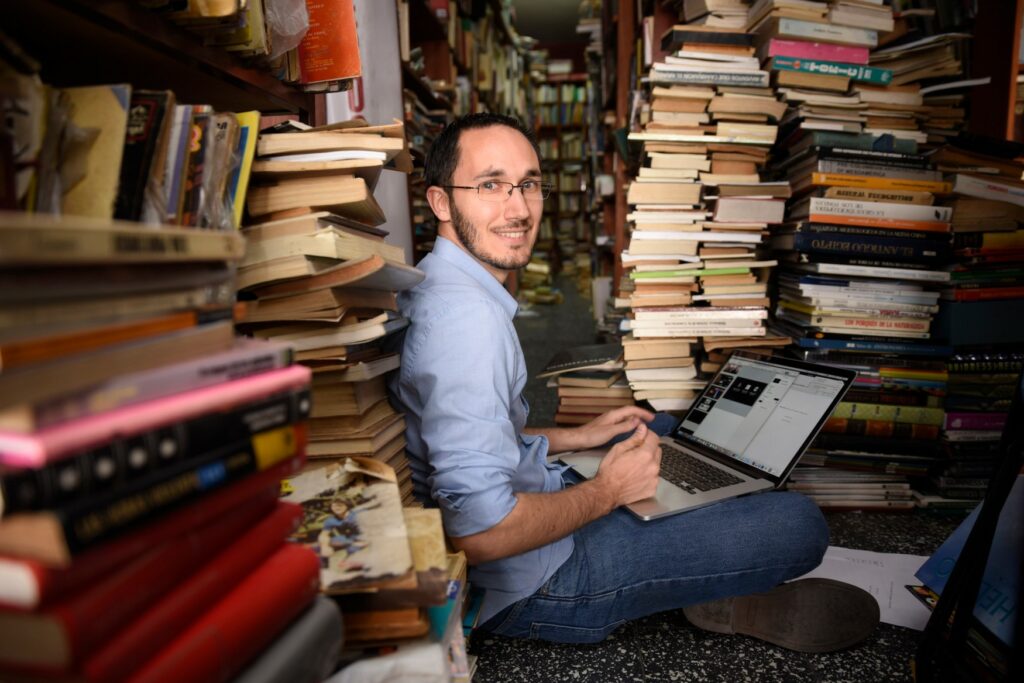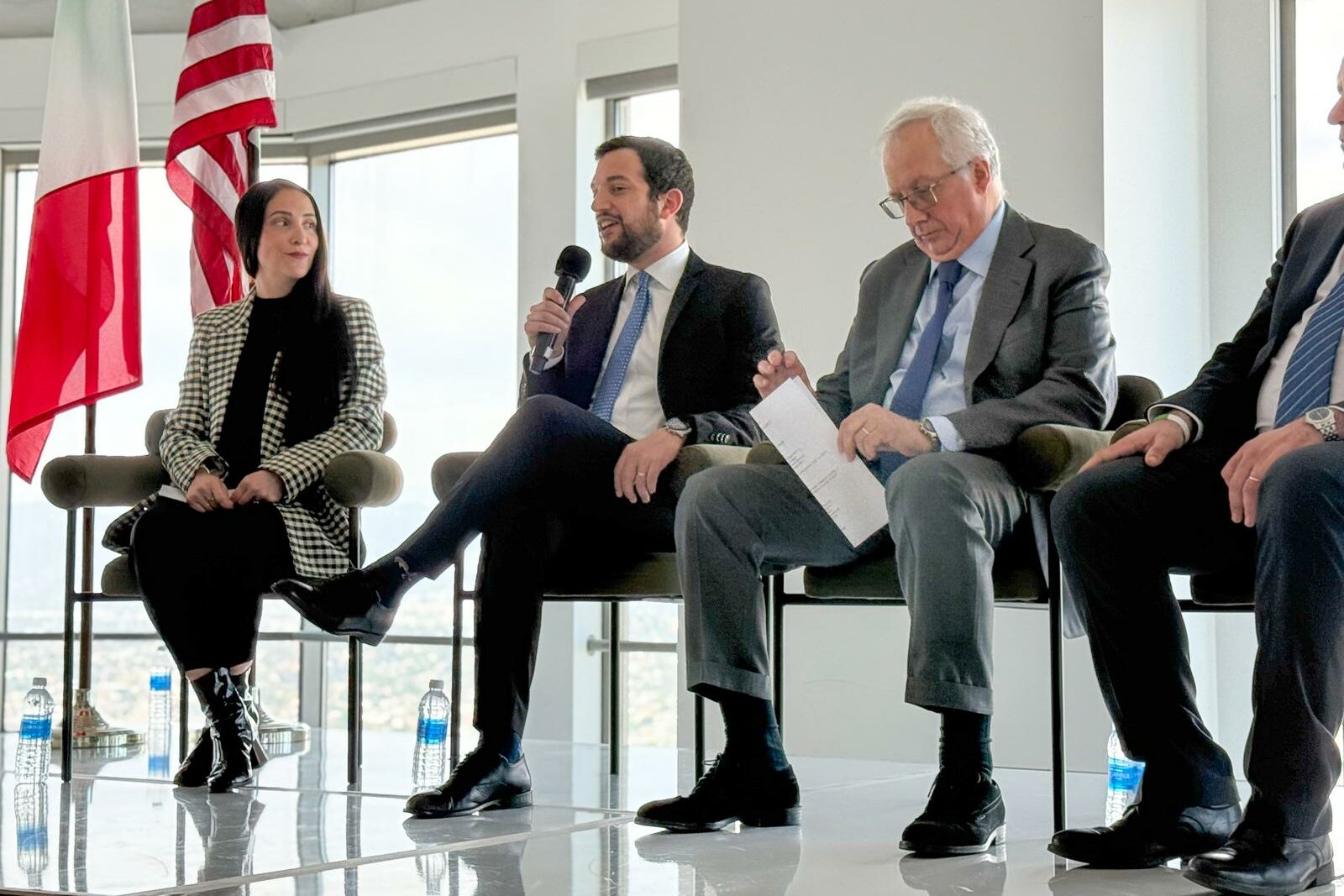Pietro Schito has been passionate about animation since the tender age of seven, but it wasn’t until college that he realized his passion could be turned into a profession. Born and raised in Milan, Pietro decided to pursue his dream and become an animation scriptwriter. He gained valuable experience as an editor in Italy before making the move to Los Angeles to complete a screenwriting program at the New York Film Academy. Now, Pietro calls Mexico home and is currently co-writing three animated feature films for different studios. He also founded Write for Animation, a community and YouTube channel where he shares his insights and experience from the animation industry. Pietro’s journey is a testament to the power of following your dreams and turning them into reality.
Pietro, how and when did you get into the world of animation?
From a young age, while my friends were out playing soccer, I was drawing and creating stories, comic books, and stop-motion movies with my Ninja Turtles action figures. But three special moments stand out in my mind, like when I saw The Little Mermaid at the cinema when I was seven. That’s when I fell in love with animation (and with Ariel). Years later, I saw Toy Story by Pixar Animation Studios and I was so entranced that I begged my dad to stay in the theater, and we watched it twice in a row. I knew I wanted to be a part of creating stories and characters like those in the film. Another memorable moment was when I met two Disney artists on a train ride, they gave me a drawing of the Little Mermaid as a gift that inspires me to the day.
When did you realize this passion of yours could become a profession?
It was during a college workshop with Gianfranco Cordara, a Disney screenwriter and now VP of Global Operations at Disney+. As I learned the intricacies of storytelling and the secrets behind crafting compelling characters and plots, it felt like a whole new world had opened up to me. Up until that point, I had been writing purely on instinct, but with these new tools at my disposal, it was like being given a superpower.
On your profile I read “Hello, my name is Pietro, the animation writer who brings your story to life.” What does that mean and how is your work done?
Essentially, my job is to take the director’s vision and bring it to life on the page. I start by finding a personal connection to the story because the more personal it is for me, the more relatable it will be for the audience. Together with the director, we dig deep to uncover the heart of the story, the underlying theme. As Pixar’s Pete Docter often says: ‘What do you want the audience to take home after seeing the film?’
What kind of relationship did you have with Guillermo Del Toro?
I had the opportunity to work with two of the seven directors that Guillermo del Toro hand-picked to mentor. Here in Mexico, they are referred to as “The Magnificent Seven” and they all worked on Pinocchio. I was lucky enough to write two films for René Castillo and Luis Téllez. One of the films received feedback directly from Del Toro himself, so he got to see my work in action. It was an incredible experience, and each interaction felt like attending a masterclass in storytelling.

What was the experience of meeting him?
Meeting Guillermo Del Toro was a dream come true! I remember learning Spanish from watching his early films and being in awe of his storytelling ability. So, when I had the chance to meet him in person at the Guadalajara International Film Festival, I was ecstatic. It was a brief encounter, but he told me he was looking forward to reading our script and giving it “a good shake.” And that’s exactly what he did! After each session, we returned to work full of inspiration and the story only got better.
I’m excited to meet with him again in a few days via a video call, and we’ll be recording a special episode for my YouTube channel, Write for Animation, where I share screenwriting tips and interview prominent figures in the animation industry. It’s going to be amazing!
The world of animation is experiencing a golden moment, with audiences increasingly considering it a product for adults and not just for children. How has this change come about in your opinion?
You’re right, it really is a golden moment for animation and I never see the films I write as just for kids. “Animation is film” is a bit of a motto being shared in the animation industry to reaffirm that animation is not a genre, but a medium. It’s not necessarily about films with “adult” edgy content, but about recognizing this art form as capable of telling complex, universal, and profound stories. This change is happening one film at a time, and Guillermo del Toro’s Pinocchio is a very good example.
You are currently based in Mexico, but you have also had experiences in Hollywood. Can you tell us more about that?
My time studying screenwriting in Hollywood was really impactful. I got to meet some of my animation heroes and even had the opportunity to work with some of them as mentors and friends. I was able to shoot a short film at the Universal Studios lot in Burbank and also had the chance to work on Hollywood productions filmed in Mexico. One experience that stood out to me was being on the set of Little Boy, which was filmed on the same backlot as James Cameron’s Titanic.
What are the differences in screenwriting between live-action and animation films?
I love how writing for animation is a much more collaborative process. The story is developed in partnership with the director and storyboard artists, with each draft leading to an animated storyboard. So, after writing, we sit together to watch this story reel on the screen. It’s rewarding and challenging at the same time. The director and myself listen carefully to all the notes the team has and we get back to writing. This process is repeated multiple times until the story works at its best. I absolutely love working with story artists, because they bring a new dimension to the narrative. It’s a truly magical process.
What projects are you currently working on?
I am excited because one of the films I co-wrote and am an associate producer for is about to go into production. I also just finished development for an Italian TV animation series that I can’t talk about yet, and I’m working as a story consultant with directors who have worked at NETFLIX, Warner Animation, Amazon Studios, Dreamworks, and Disney.
Who are some of the directors or studios you would like to work with in the future?
PIXAR Animation Studios has always been a dream company for me. I recognize their dedication to storytelling and their commitment to always putting the story first. I’ve had the opportunity to meet some of the talented artists from the studio, and I would love to join their development team one day.
You can follow Pietro and check out his work on Instragram at: @pietroschito and @writeforanimation.





























